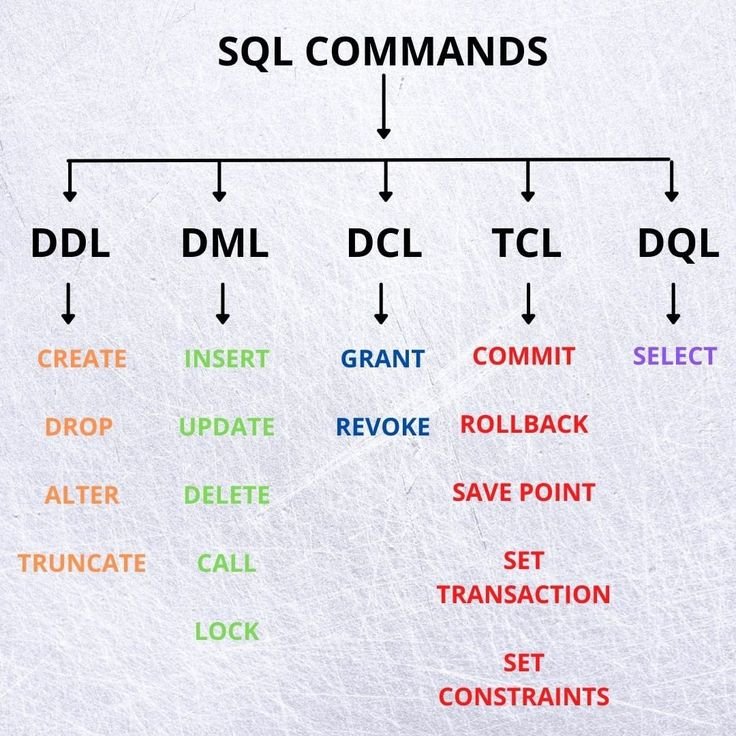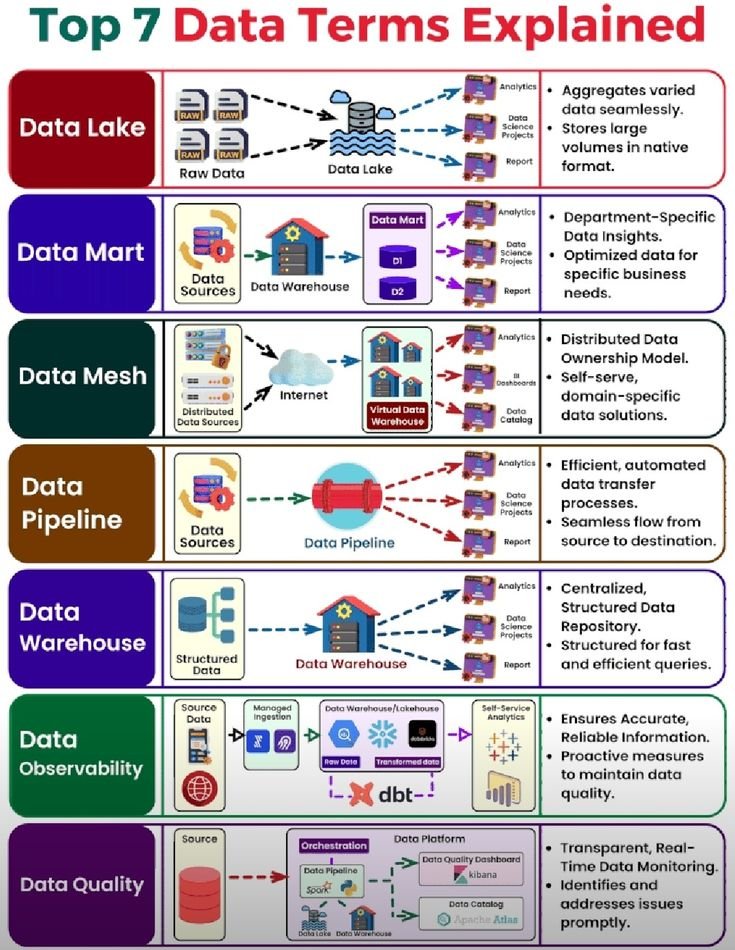Creating ontology graph SQL is a process that blends the structure of ontologies with the capabilities of SQL databases to create a powerful framework for managing relationships between data. This approach is essential for industries that deal with complex data structures, such as artificial intelligence, knowledge management, and data science. In this article, we will delve into the concepts of ontology graphs, SQL databases, and the intricacies of creating ontology graph SQL. We will explore why and how this combination is highly effective, its practical applications, and the steps involved in the creation process.
Table of Contents
Understanding Ontologies and Graphs in the Context of SQL
Before we dive into creating ontology graph SQL, it’s important to understand the basic concepts of ontologies and graph databases. Ontologies are formal representations of knowledge within a particular domain. They define the concepts, relationships, and categories that are important in that domain, along with the rules that govern those relationships.
In a graph database, entities are represented as nodes, and relationships are represented as edges. This allows for a more flexible, interconnected way of storing and retrieving data. When combining ontologies and SQL databases, we are essentially creating a hybrid model that allows structured data storage along with sophisticated relationship modeling.
Creating ontology graph SQL brings together the semantic capabilities of an ontology with the power of SQL, which is typically used for relational data management. This union allows for powerful querying and relationship analysis while maintaining the ability to handle large datasets.
Why Is Creating Ontology Graph SQL Important?
The importance of creating ontology graph SQL lies in its ability to represent complex, interconnected data in a manageable and accessible way. Traditional relational databases may struggle to efficiently model relationships between entities, especially in domains that involve intricate and dynamic relationships. In contrast, a graph model is designed to handle such data with greater ease.
Here are a few reasons why creating ontology graph SQL is so valuable:
- Improved Data Relationships: Graphs naturally represent relationships between entities, making them ideal for modeling knowledge domains. This enables more intuitive and efficient queries.
- Enhanced Querying: SQL is a powerful query language for relational data. When combined with ontologies, it allows for complex reasoning and querying over relationships, which is essential for AI and machine learning tasks.
- Scalability: Ontology graphs created in SQL databases can scale as needed, allowing for efficient management of large datasets. SQL databases can handle large amounts of data while maintaining query speed and accuracy.
- Interoperability: Ontology graphs in SQL are highly interoperable with other data systems. This means that integrating with existing databases, applications, or even external APIs becomes much easier.
- Semantic Understanding: By linking data entities with meaningful relationships, creating ontology graph SQL enables machines and systems to better understand the context of data, which is crucial for AI, data analytics, and decision-making processes.
Steps for Creating Ontology Graph SQL

Now, let’s break down the process of creating ontology graph SQL step by step. This process involves several phases: design, schema creation, population, and querying. By following these steps, you can successfully integrate ontologies with graph models in an SQL environment.
1. Design the Ontology
The first step in creating ontology graph SQL is to design the ontology itself. This involves identifying the key concepts and relationships that define your domain of interest. For example, in a healthcare ontology, you might define concepts such as patients, doctors, hospitals, and treatments, and the relationships between them, such as “treats” or “has condition.”
Designing a well-structured ontology is crucial because it serves as the blueprint for your graph. It will inform the structure of your SQL database and how the data will be related.
Key steps in ontology design include:
- Defining classes or entities (e.g., Patient, Doctor).
- Defining relationships between entities (e.g., Doctor treats Patient).
- Adding constraints (e.g., a patient must have a primary doctor).
2. Create the Graph Schema in SQL
Once the ontology is designed, the next step is to create a graph schema within your SQL database. Unlike traditional relational tables, a graph schema consists of nodes (representing entities) and edges (representing relationships).
To begin creating ontology graph SQL, you need to:
- Set up tables for each class or entity defined in your ontology.
- Create tables for relationships, often with foreign keys linking them to the respective nodes.
- Define additional properties or attributes for each node or edge.
For example, in an SQL database, you might create a table for “Patients” with columns such as patient_id, name, dob, and condition, and another table for “Doctors” with columns such as doctor_id, name, and specialty. Then, you would define a relationship table called “Treats,” linking patients and doctors together.
3. Populate the Graph with Data
The next step in creating ontology graph SQL is to populate the graph with data. This involves inserting the actual instances of the entities and relationships that you want to model. Data insertion can be done using standard SQL insert queries, but it should follow the structure defined in the graph schema.
For example, you could insert data into the “Patients” table with the following SQL query:
INSERT INTO Patients (patient_id, name, dob, condition)
VALUES (1, 'John Doe', '1980-06-15', 'Diabetes');
Similarly, for relationships, you would insert data into the “Treats” table:
INSERT INTO Treats (doctor_id, patient_id)
VALUES (1, 1);
This step is crucial as it translates your ontology and graph structure into real data that can be queried and analyzed.
4. Query the Ontology Graph
One of the most powerful aspects of creating ontology graph SQL is the ability to query the data in meaningful ways. SQL’s query capabilities, combined with the graph structure, enable complex queries that can provide insights into relationships and patterns within the data.
For example, to find all patients treated by a particular doctor, you could use a SQL query like:
SELECT p.name
FROM Patients p
JOIN Treats t ON p.patient_id = t.patient_id
WHERE t.doctor_id = 1;
This query allows you to retrieve data that connects entities (patients and doctors) through relationships, which would be difficult or cumbersome to model in a traditional relational database.
You can also perform more advanced queries that take advantage of the graph structure. For instance, you might query for patients with a particular condition and who were treated by doctors specializing in a certain field.
Advanced Techniques in Creating Ontology Graph SQL
While the basic steps of creating ontology graph SQL are straightforward, there are several advanced techniques that can further enhance your graph’s performance and capabilities.
1. Using Recursive Queries for Hierarchical Data
In certain domains, your data may involve hierarchical relationships, such as organizational structures or taxonomies. Recursive SQL queries, also known as Common Table Expressions (CTEs), can be used to traverse these hierarchical relationships.
For example, in an employee hierarchy, you could use a recursive query to find all employees under a specific manager:
WITH RECURSIVE EmployeeHierarchy AS (
SELECT employee_id, manager_id, name
FROM Employees
WHERE manager_id IS NULL
UNION ALL
SELECT e.employee_id, e.manager_id, e.name
FROM Employees e
INNER JOIN EmployeeHierarchy eh ON e.manager_id = eh.employee_id
)
SELECT * FROM EmployeeHierarchy;
This technique allows you to traverse complex graphs and retrieve related data efficiently.
2. Indexing for Improved Performance

As your graph grows, querying large datasets can become slow. To maintain high performance when creating ontology graph SQL, it’s essential to index the columns most frequently used in joins and queries. Indexing key columns (such as patient_id, doctor_id, or treatment_id) can significantly speed up query execution times.
3. Integration with Other Systems
Once your ontology graph is established in an SQL database, it’s important to consider how it can integrate with other systems, such as knowledge bases, AI systems, or analytics platforms. Using APIs or exporting the graph data into formats like RDF (Resource Description Framework) can make your ontology more interoperable with other technologies.
Also read nflbite: A Comprehensive Guide to NFL Content and Updates
Conclusion: Mastering Creating Ontology Graph SQL
Creating ontology graph SQL is a powerful technique for modeling complex relationships in data, blending the flexibility of graph databases with the robustness of SQL. By carefully designing an ontology, implementing a graph schema in SQL, and populating it with data, you can unlock advanced querying capabilities that are essential for understanding intricate data relationships.
As you implement creating ontology graph SQL, remember to focus on scalability, query optimization, and the ability to integrate with other systems. This combination of ontologies and graph models is transforming industries like AI, healthcare, finance, and more, enabling them to make better data-driven decisions.
By following the steps and techniques outlined in this guide, you will be well on your way to mastering the creation of ontology graphs within SQL databases, leveraging the full potential of this powerful data modeling approach.


